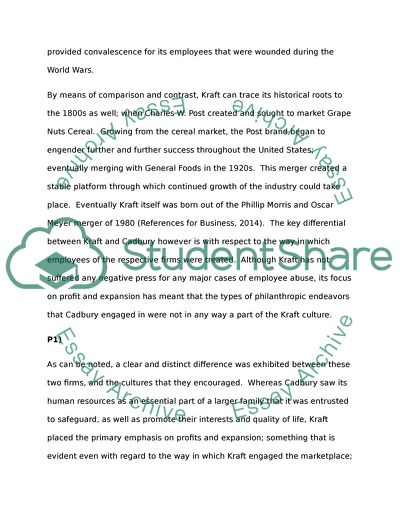Cite this document
(Organisation Behavior in Cadbury Chocolates and Kraft Case Study Example | Topics and Well Written Essays - 1500 words, n.d.)
Organisation Behavior in Cadbury Chocolates and Kraft Case Study Example | Topics and Well Written Essays - 1500 words. https://studentshare.org/human-resources/1830061-organisation-behavior
Organisation Behavior in Cadbury Chocolates and Kraft Case Study Example | Topics and Well Written Essays - 1500 words. https://studentshare.org/human-resources/1830061-organisation-behavior
(Organisation Behavior in Cadbury Chocolates and Kraft Case Study Example | Topics and Well Written Essays - 1500 Words)
Organisation Behavior in Cadbury Chocolates and Kraft Case Study Example | Topics and Well Written Essays - 1500 Words. https://studentshare.org/human-resources/1830061-organisation-behavior.
Organisation Behavior in Cadbury Chocolates and Kraft Case Study Example | Topics and Well Written Essays - 1500 Words. https://studentshare.org/human-resources/1830061-organisation-behavior.
“Organisation Behavior in Cadbury Chocolates and Kraft Case Study Example | Topics and Well Written Essays - 1500 Words”. https://studentshare.org/human-resources/1830061-organisation-behavior.


